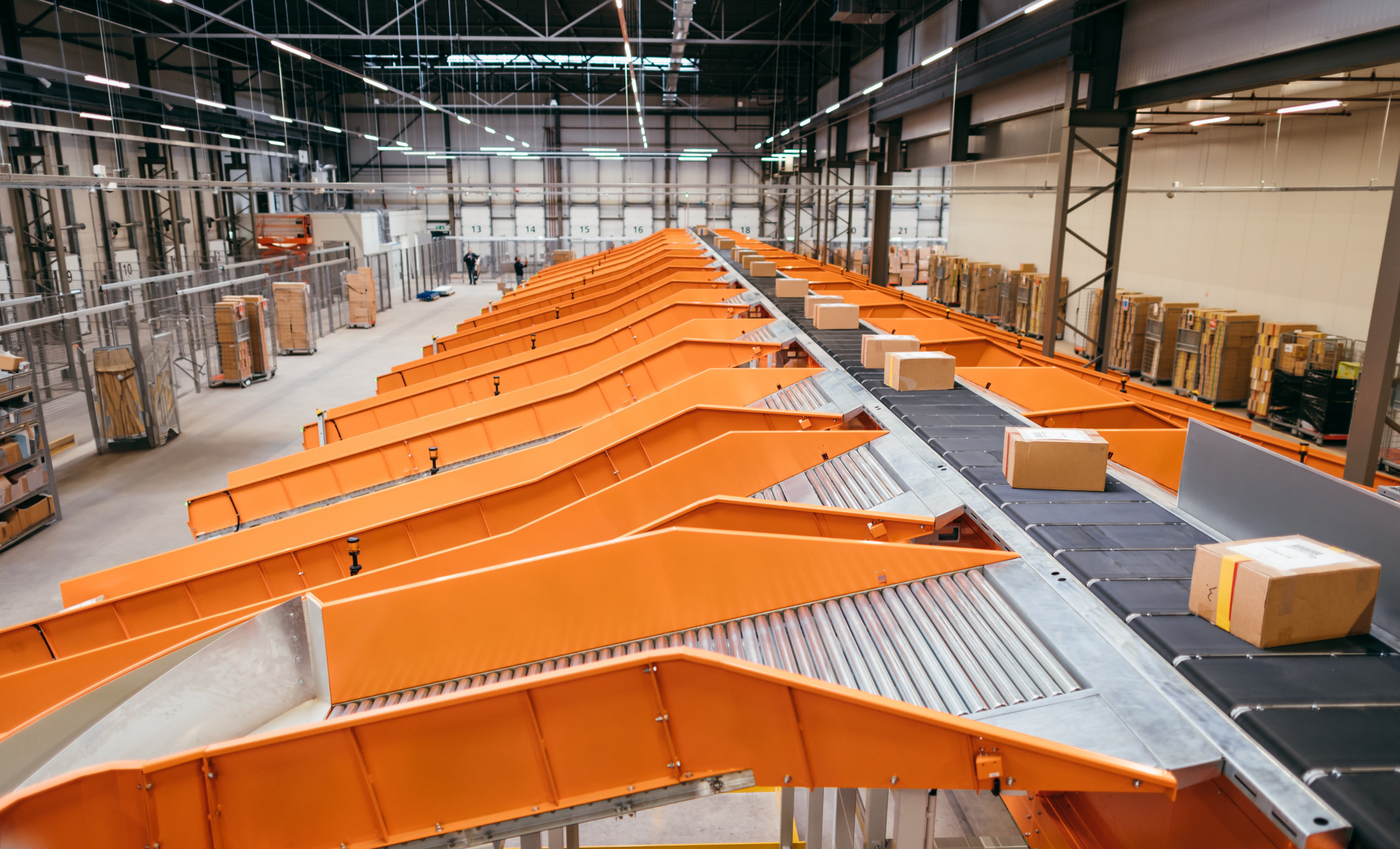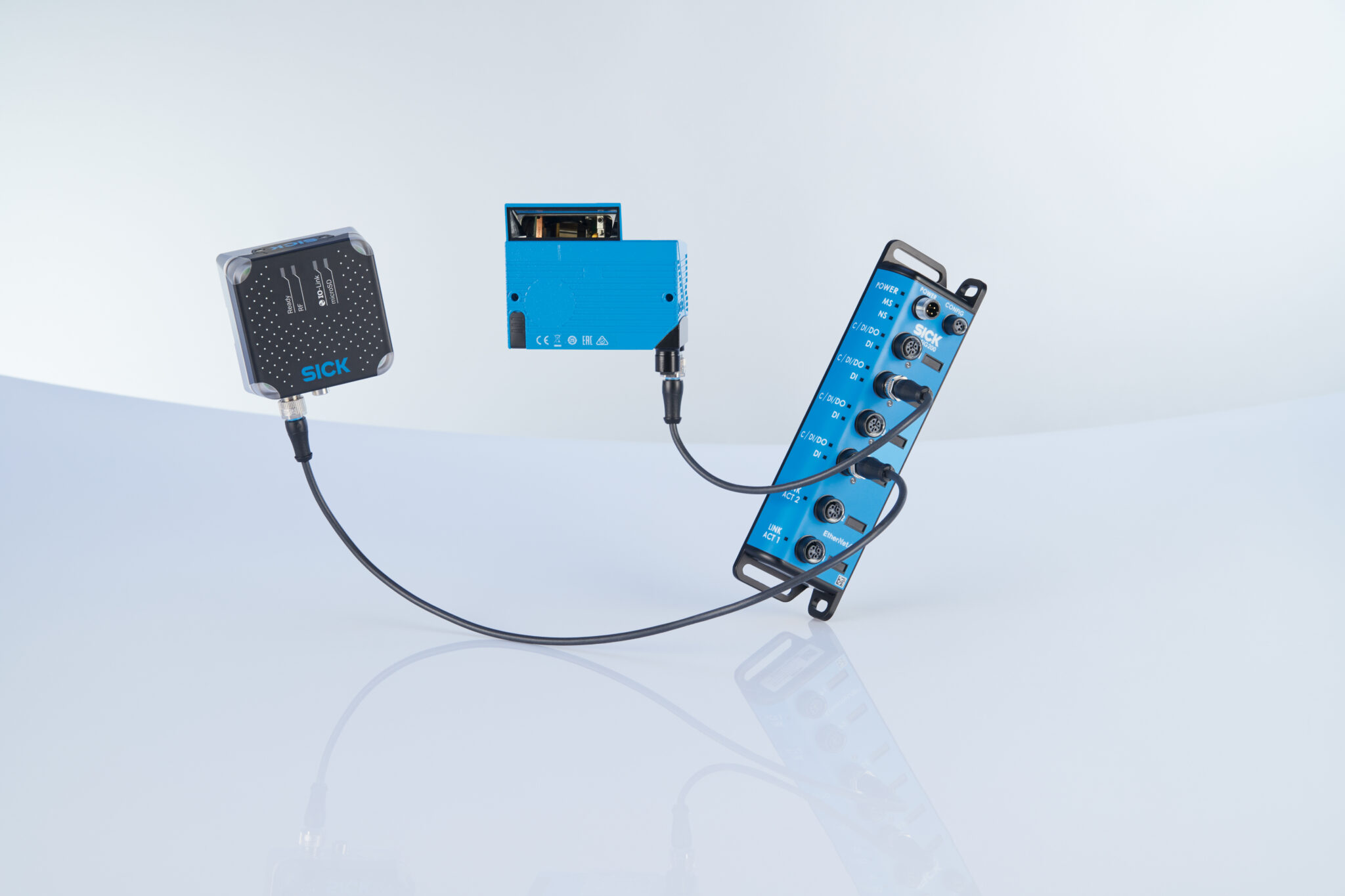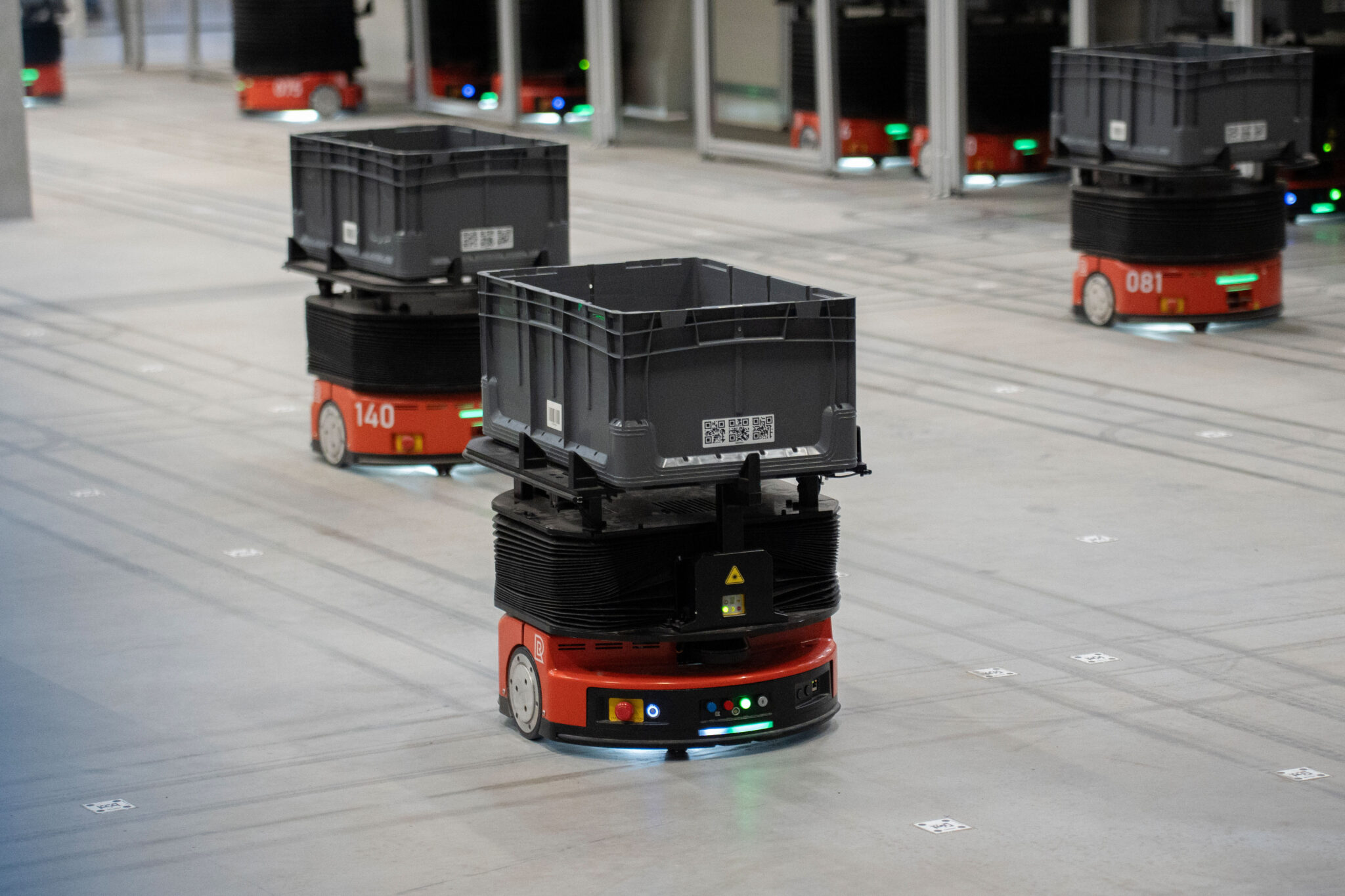Things are changing in supply chain management: while cost-cutting has been at the top of the agenda for many executives for years, in future they will be increasingly concerned with the shortage of skilled workers, sustainability and resilience. Ralf Duester, board member of the Bochum-based SCM software specialist Setlog, shows which trends will be important in 2024. His statements are based not only on discussions with experts from the industry and research, but also on data from Setlog customers who use the SCM tool OSCA. In the fashion and fast-moving consumer goods sectors alone, this includes around 100 brands, such as Tom Tailor, KiK, Karl Lagerfeld, Jack Wolfskin and Wenko.
At a glance: The top ten SCM trends in 2024
1. Skilled labour shortage forces action
2. Sustainability laws and the circular economy force better processes
3. Building resilience with concurrent cost pressure
4. Transparency is becoming increasingly important
5. Supply Chain as a Service becomes crucial to competition
6. ERP silos are being dismantled
7. Global and regional supply chains are mixed
8. Cyber security becomes a top priority
9. Automation projects are progressing
10. Open-source software is increasingly convincing
In detail: The ten most important SCM trends in 2024
1. The shortage of skilled labour is putting companies in industrialized nations in increasingly difficult situations. And it’s not getting any better: demographic change in countries such as Germany is putting even more pressure on management. Studies show that in some areas, around a third of companies that were unable to fill all vacancies did not receive a single application.
If you want to stand out from the crowd, you need to offer attractive conditions to existing and future employees. Leading companies are also stepping up their commitment to career guidance and catering to the needs of Generation Z. As studies show, young people place a high value on flat hierarchies and want modern IT systems in their day-to-day work. Many companies can and must become even more efficient or make workplaces more attractive. To ensure that more truck drivers are back home in the evening, for example, the forwarding association Elvis wants to set up a meeting network for full truck loads. The best of the best also differentiate their recruitment strategy – for example, according to generations or potential groups such as newcomers or foreign workers. They also offer different retention programs and show perspectives through flexible working hours, parental leave and training and further education campaigns.
2. Sustainability and corporate social responsibility (CSR) are not only top issues for large corporations, but also SMEs. Business partners, consumers and politicians are calling on companies to act quickly. The EU is pushing for a comprehensive supply chain law. In the United States, for example, the Uyghur Forced Labor Prevention Act (UFLPA) is in effect, and individual states are also pushing ahead with new laws. In Germany, more and more companies have put the reduction of carbon dioxide emissions and compliance with the Supply Chain Act at the top of their agenda. However, effective climate protection measures require a rethink in the minds of employees and a modification of current work processes. Executives are also increasingly investigating how they can implement strategies from the circular economy so that fewer goods are destroyed. Companies that cannot trace the path of their products from development through procurement and production to shipping will find it difficult to meet the new requirements of governments, consumer associations and customers. Small companies are still excluded from supply chain laws in many countries. However, they will still need to deal with them on a day-to-day basis, at the latest when the new Europe-wide “Supply Chain Directive” comes into effect (Corporate Sustainability Due Diligence Directive, CSDDD for short). It is based on the French ‘loi de vigilance’ and the German Supply Chain Law and contains due diligence obligations that primarily address the issues of environmental protection and compliance with human rights. The following applies to SMEs: they can now only do business with corporations if they comply with all of the new regulations.
3. Extreme weather events, political crises, pandemics: As general conditions for the economy have changed in recent years, the priorities of supply chain managers have also shifted. For example, reducing costs in the supply chain used to be at the top of the agenda. At the latest since the Covid-19 pandemic, when certain products were temporarily unavailable on shelves even in highly developed countries, the topics of product availability and resilience have become increasingly important. As a general rule, resilient supply chain management enables the responsible managers to get the supply chain back into operation as quickly as possible after a disruption by external events. In addition, diversification within the supply chain generally leads to better resilience. To ensure robust supply chain management, leading companies therefore build up a broad portfolio of suppliers and various transportation routes for sensitive products, materials, and components. Nevertheless, they must not lose sight of the issue of cost reduction. The best of the best have already awakened cost awareness within the workforce. If you want to move in this direction, you should involve employees in revenue and cost development with open and transparent communication. Another important point is greater flexibility. Companies need to identify the biggest cost drivers and develop measures to reduce them.
4. Transparency is a prerequisite for resilient and diversified supply chains. If it exists, managers can recognize more quickly which part of the chain is affected by an external event. Due to the high volatility in the economy, many companies are reviewing existing contracts. Flexibility plays a central role in the realignment of contracts. In order to be able to plan better, trust-based collaboration between all partners along the supply chain is necessary, which often requires new communication platforms. Modern IT tools can be used to share data, pool resources, and make quick decisions in the event of dynamic fluctuations in demand. Companies that use IT tools and suitable algorithms to manage demand and supply globally will be a decisive step ahead of the competitors, who still work with emails or spreadsheets. Leading companies are no longer just writing the topic of collaboration on their to do lists but are implementing it in everyday life – both in internal teams and in the cross-company supply chain between all partners involved. Based on specific access rights groups, everyone has access to data and exchanges it on an ongoing basis – ideally in real time. With the help of platforms, companies improve the efficiency and responsiveness of the supply chain.
5. Software as a Service (SaaS) has been used as a service by companies for years. However, more and more businesses are moving towards outsourcing parts of their supply chain – for example, manufacturing, distribution, procurement, logistics or transportation management. The digital supply chain of the future will increase the need for companies to outsource, i.e. to use Supply Chain as a Service (SCaaS) or services from specialists in Fourth Party Logistics (4PL). According to studies, this trend is becoming increasingly important because many companies do not have the expertise, financial means or resources to use all the new technologies available. At best, large corporations will do this work internally in future – at least in part. The experts at Gartner are convinced that this trend will intensify. The benefits of the transition to a digital supply chain include end-to-end global electronic connectivity, higher productivity, lower costs, better service, and greater flexibility. If this development is not driven forward, it will lead to a lack of competitiveness and thus to financial problems.
6. Small companies rely on one or two in-house systems, while some large corporations rely on 20 or more. Even before the Covid-19 crisis, the inefficiencies of these silos came to light. Covid-19 acted as a booster. The parallel use of multiple systems artificially increased inventory buffers, slowed down the flow of information and resulted in high IT costs for interfaces, maintenance and upgrades. More and more companies are tearing down their silos because they can no longer afford the effort or the associated hassle. Industry leaders are moving their supply chain workflows to a collaborative network platform that transcends silos and enables both data sharing and true data transfer across departments and organizations. REST API connected solutions with intelligent IT architecture break down silos and enable collaborative, cross-company working with ideal data sharing.
7. Companies need a mix of global and regional value chains. After crises, companies can identify areas in which regional production makes sense, but the economy still benefits from globalization and networking. Depending on the industry, companies need to take individual approaches to procurement in order to get more resilient. After the Covid-19 pandemic, leading companies began to analyse the areas in which regional production makes sense. Investigations by car manufacturers revealed that re-shoring or near-shoring certain products or components makes sense. Although this may be more expensive, it stabilizes the supply chain. In the consumer goods industry, on the other hand, the enormous cost difference between Europe and the USA on one hand and Asia on the other means that it makes more sense to keep production largely in the Far East and the previous sourcing countries without looking for nearby factories or even building new ones. High energy costs, rising interest rates or the slow decline in inflation are arguments against the establishment or further expansion of nearshoring or reshoring in many industries. In addition, when it comes to profits, purchasing, procurement and supply chain management are becoming increasingly important. This is because the opportunities to push through higher prices in the lower and mid-range product segment have become rare. Prices are becoming increasingly transparent for customers thanks to purchasing platforms. Today, profits are generated through procurement – or more precisely – through process optimization.
8. As there have been more cyber-attacks with serious consequences for companies in the recent past, companies have taken additional measures to protect themselves against criminals. According to a survey by the digital association Bitkom, every other logistics company in Germany tightened its IT security measures in 2022. According to the survey, the management of IT security is given a correspondingly high priority in most companies: In almost nine out of ten companies, the area of IT security is anchored at board or management level. Leading companies also regularly train their employees on this topic and have security audits carried out. And this is time well spent: the tools for cyber security are available, but the greatest weakness is the human being. Cyber-attacks have shown that even large companies with expert IT specialists can be paralyzed and damaged for days. The issue is playing an increasingly important role, especially in logistics and supply chain management, because cyber criminals can gain access to sensitive data due to the ever-increasing networking and digitalization of companies. And this data usually originates not only from the company directly affected, but also from its network.
9. Due to global political conditions and current consumer behaviour, company coffers in some sectors are not as full as they were a few years ago. Nevertheless, many companies are pressing ahead with automation and digitalization projects that have already begun or are initiating new ones. Because the fact is: Only those that can keep up with high-performance logistics and the highest service levels will lead the market. Planning budgets for automation, robotics, digitalization, energy savings and personnel is capital well invested. In internal logistics, for example, manual processes need to be automated and digitalized. Robotics and machine learning play a major role in order to be fast on one hand and keep the error rate to a minimum on the other. IT experts are looking at digitalization along the entire supply chain and initiating new projects in several links of the chain at the same time – recently, for example, the use of the digital consignment note (eCMR) made its way into the papers.
10. The use of open-source software as operating systems for computers is nothing new. In supply chain management, however, many IT departments have resisted this trend. However, there are now very successful practical examples based on clear rules – such as those of the Open Logistics Foundation. Its members no longer invest dozens of hours in programming simple standard interfaces themselves, but instead use existing interfaces from their partners, with whom they are sometimes in fierce competition. However, anyone who engages in this kind of cooperative work needs a new mindset within the company. A rethink is also necessary in other areas – for example, when it comes to relying on new technologies such as artificial intelligence to make decisions. However, one thing is clear: the best of the best will automate processes even more and use the advantages of artificial intelligence in the area of prescriptive analytics and autonomous agents to achieve efficiency gains. With new tools and technologies, companies can speed up everything from planning to delivery, reduce buffers, manage processes efficiently and ultimately counteract the shortage of skilled workers. In all IT activities, it is more important than ever that companies protect themselves professionally against hacker attacks on their systems – as the serious consequences of the recent attacks on the IT landscapes of large logistics companies have shown.











